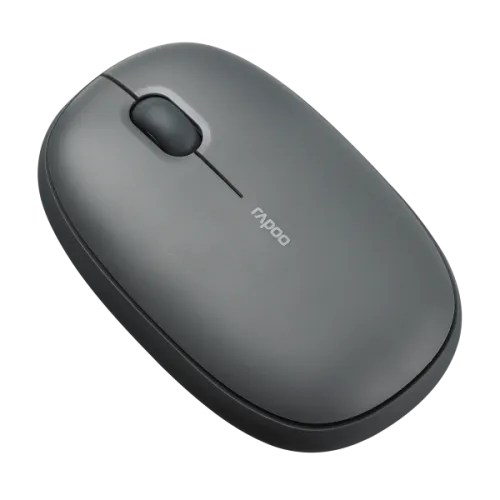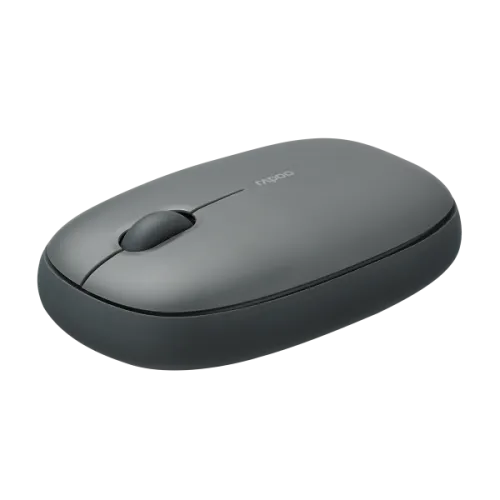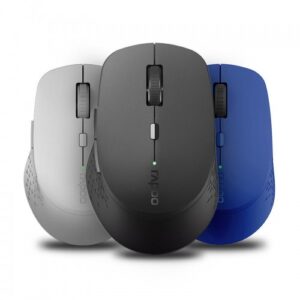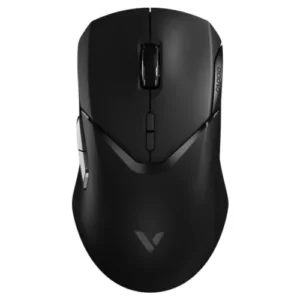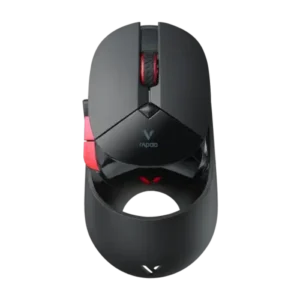Key Features of Wireless Mouse
Modern wireless Mouse stand out for their versatile features and remarkable specifications, significantly enhancing user experience. One of the primary aspects to consider is the connectivity options these keyboards offer, with the two main types being Bluetooth and USB dongle connections. Both options provide seamless wireless communication with devices, allowing for flexible placement and reducing cable clutter in workspaces.
The number of keys on a wireless keyboard can vary, catering to different user needs—from compact designs with essential keys to full-sized keyboards with additional function keys. This variety ensures users can choose a layout that best suits their typing preferences and requirements, whether for gaming, professional typing, or casual use.
Another noteworthy feature is the implementation of optical sensors with adjustable DPI settings. This technology allows for precise cursor control, making it particularly beneficial for graphic designers and gamers who require accuracy. The ability to modify DPI settings enables users to switch between high sensitivity for quick movements and lower sensitivity for fine-tuned tasks.
Wireless transmission in modern keyboards typically operates at a frequency of 2.4 GHz, providing a stable connection that reduces lag and enhances the overall typing experience. Additionally, compatibility with various Bluetooth versions, particularly 4.0 and 3.0, expands functionality by allowing connections to multiple devices without the need for additional adapters.
Ergonomic design is another critical feature that modern wireless keyboards emphasize. Many keyboards are constructed with user comfort in mind, incorporating features such as wrist support and adjustable height, which help mitigate strain during extended periods of use. Overall, these features combine to create a compelling case for the adoption of wireless keyboards, contributing to a more enjoyable and productive computing experience.
Physical Specifications and Warranty Information
Modern wireless keyboards are designed with particular attention to physical specifications, ensuring they are both user-friendly and aesthetically pleasing. The standard dimensions of contemporary models usually measure approximately 100.1 mm in width, 63.7 mm in depth, and 26.5 mm in height. This compact size enables easy integration into various workspaces, whether at home or in an office setting. Additionally, weighing only 60 grams, these keyboards are notably lightweight, making them highly portable. Their light weight facilitates stress-free transportation, allowing users to carry them comfortably in bags or briefcases.
From an aesthetic perspective, users are often drawn to keyboards that not only perform well but also complement their personal style. Many modern wireless keyboards are available in a variety of color choices, with dark gray being a popular option. This neutral coloration provides a robust and contemporary look, easily fitting into any environment. Other variations may include different shades or textured finishes that can cater to individual preferences in design.
Moreover, the reliability of a wireless keyboard is an essential consideration for consumers. To provide assurance regarding their longevity and performance, manufacturers typically offer warranty information that should be carefully reviewed prior to purchase. A common practice within the industry is to provide a 2-year warranty on wireless keyboards. This warranty period reinforces customer confidence, enabling users to feel secure about their investment, knowing that support is available should any issues arise during the specified timeframe. Overall, understanding these physical specifications along with warranty details is critical for potential buyers to make informed decisions regarding their equipment.
